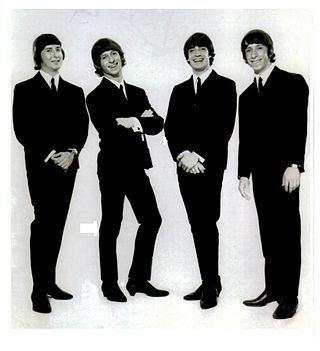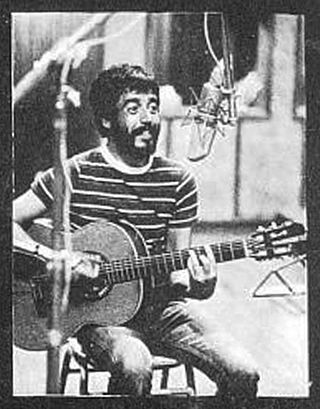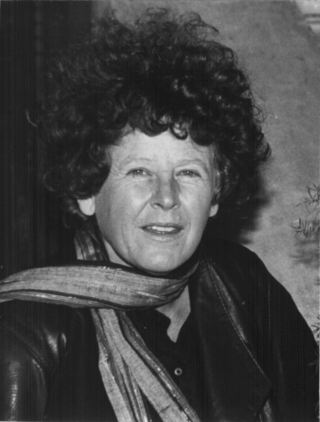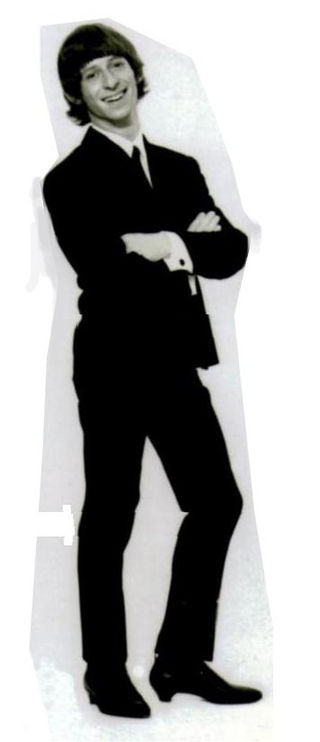
The most distinctive music of Uruguay is to be found in the tango and candombe; both genres have been recognized by UNESCO as an Intangible Cultural Heritage of Humanity. Uruguayan music includes a number of local musical forms such as murga, a form of musical theatre, and milonga, a folk guitar and song form deriving from Spanish and italian traditions and related to similar forms found in many American countries.

Candombe is a style of music and dance that originated in Uruguay among the descendants of liberated African slaves. In 2009, the United Nations Educational, Scientific and Cultural Organization (UNESCO) inscribed candombe in its Representative List of the Intangible Cultural Heritage of Humanity.

Jorge Abner Drexler Prada is a Uruguayan musician, actor and doctor specializing in otolaryngology.
Uruguayan rock first emerged in Uruguay in the 1950s. The real breakthrough for rock in Uruguay, however, as in much of the world, came with the arrival of The Beatles in the early 1960s. Although the country has a small population and is far-removed from the world's cultural centres, rock music from these land, which has always taken on an identity forged from a mix of different cultures and local peculiarities, crossing different genres and styles, has largely been a well-kept secret outside the region. Thanks to the Internet and easy access to music libraries through streaming services such as Spotify, this is now changing.

El Peyote Asesino is a Uruguayan rock band formed in 1994 in the Villa Española neighborhood (Montevideo). It is made up of Fernando Santullo —credited as "L. Mental"— and Carlos Casacuberta on vocals, Daniel Benia on bass, Juan Campodónico on guitar, Bruno Tortorella on keyboards, Matías Rada on guitar and Pepe Canedo on drums. His style combines heavy metal, funk, and rap, something that was atypical in the Uruguayan rock scene at that time.

Los Shakers were a popular rock band in the 1960s and was a part of the Uruguayan Invasion in Latin America. They were heavily influenced by the look and sound of The Beatles. In the late 1960s they would broaden and expand their musical direction before breaking up in 1969.

Ángel Eduardo Mateo López was a highly influential Uruguayan singer, songwriter, guitarist, and arranger. He played an important role in the development of modern Uruguayan music that combines beat, jazz, bossa nova and local rhythms like candombe in a way similar to Brazilian Tropicalismo. Academy Award-winner Jorge Drexler cited Mateo as a big influence.

Jaime Roos is an Uruguayan singer, composer and record producer. In 2000, he won a Silver Condor Award for Best Score Musician in El Amateur. He has French blood from his father's side. His grandfather migrated from Germany at the end of 19th century.

Uruguayan tango is a rhythm that has its roots in the poor areas of Montevideo around 1880. Then it was extended to other areas and countries. As Borges said: "...tango is African-Montevidean [Uruguayan], tango has black curls in its roots..." He quoted Rossi, that sustained that "...tango, that argentine people call argentine tango, is the son of the Montevidean milonga and the grandson of the habanera. It was born in the San Felipe Academy [Montevideo], a Montevidean warehouse used for public dances, among gangsters and black people; then it emigrated to underworld areas of Buenos Aires and fooled around in Palermo's rooms..." This also implies that different forms of dance were originated in the neighborhoods of Montevideo, Uruguay in the last part of the 19th century and in the early 20th century that was particular from that area and different from Buenos Aires. It consists of a variety of styles that developed in different regions of Argentina and Uruguay.

Tótem was an Uruguayan rock band formed in the early 1970s. One of the most important massive phenomena of Uruguayan music and represented the height of the Candombe beat.

Afro-Uruguayans are Uruguayans of predominantly African descent. The majority of Afro-Uruguayans are in Montevideo.
Jorge Galemire was a Uruguayan guitarist, arranger, composer and vocalist and member of Trelew along with vocalist Karen Ann. Galemire is recognized as one of the earliest creators and exponents of candombe beat, on May 22, 2008, he was awarded a Graffiti for his lifetime's work. In 1975 he participated for a short time in the group Canciones para no dormir la siesta. In 1977 he co-founded Los que iban cantando, one of the most important groups in Uruguayan popular music during the military dictatorship.

Renée Pietrafesa Bonnet was a French and Uruguayan composer, pianist, organist, harpsichordist and conductor. Her compositions spanned both popular and classical genres which included Electroacoustic music.

José María Carbajal Pruzzo, known as El Sabalero was an Uruguayan singer, composer and guitarist.

Mariana Ingold is a composer, instrumentalist, singer and teacher belonging to the movement of Uruguayan music, Mariana has been active as an artist since 1977 in Uruguay and internationally.

Hugo Fattoruso is a composer, arranger, multi-instrumentalist and vocalist. As well as developing a career as a soloist, he has participated and performed in many different genres: Trio Fattoruso, Hot Blowers, Los Shakers, Opa, Eduardo Mateo, etc. He has collaborated also with such renowned artists as : Airto Moreira, Abraham Laboriel, Manolo Badrena, Chico Buarque, Milton Nascimento, Ruben Rada, Djavan, etc.

Luis Alberto "Beto" Satragni was an Uruguayan musician, composer and bassist whose career developed mainly in Argentina.

Laura Canoura Sande is a singer and composer of popular Uruguayan music. She is considered one of the most renowned female solo artists in Uruguay.

Fabián Delgado known as Fata Delgado is a Uruguayan singer, songwriter, record producer and television personality.

Julieta Rada Jodara is a Uruguayan-Argentine singer, songwriter and television personality.

















